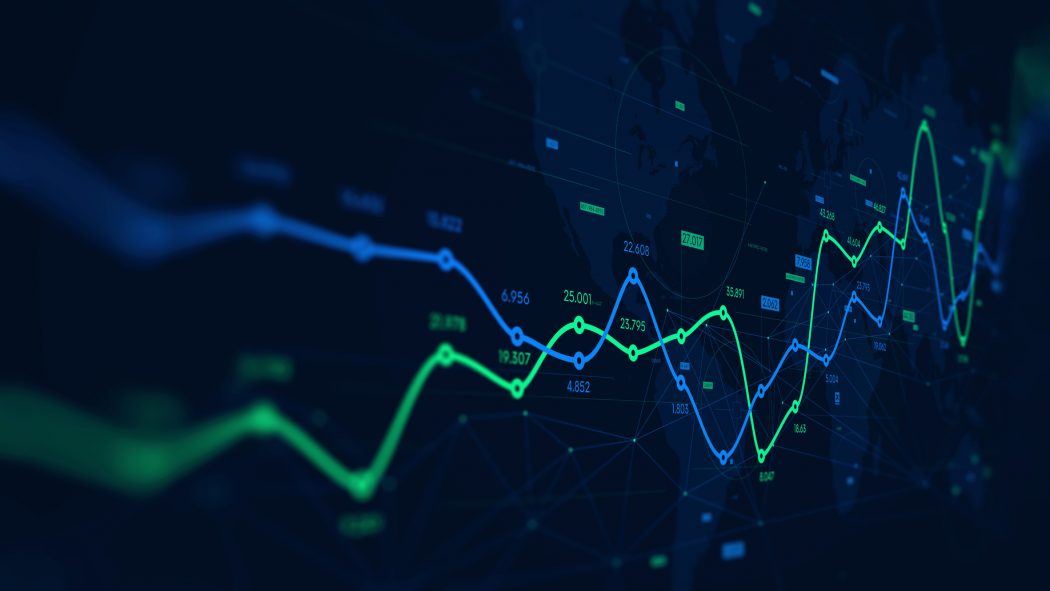The year 2020 will forever be known as the year of COVID-19. The virus disrupted people’s lives in ways never envisioned and also claimed over a million lives. But amidst this tragedy, one positive development is that the pandemic has forced individuals, corporations, and governments to become much more adept at analyzing data to make informed decisions.
Most individuals, if asked, could tell you how many new COVID-19 cases were confirmed in their city, province, state, or country in the past 24 hours. They could likely even compare a given day’s case count to that of the previous day and identify trends in the evolution of the virus, a process similar to what a data analyst would do when data mining.
Ultimately, people are looking at data and interpreting it to make decisions at an unprecedented rate
The main purpose of checking the number of cases in one’s region is to make informed decisions. If you see that COVID-19 cases are trending upwards, you might decide to cancel your weekend plans, or you might stock up on food as you anticipate another lockdown. On the other hand, if cases are going down, you may choose to gather with a few friends (with social distancing, of course). Ultimately, people are looking at data and interpreting it to make decisions at an unprecedented rate.
In the early days of the pandemic, McGill University launched a student-run initiative called COVID-QC, led by Professor Juan Serpa. COVID-QC provides approximate real-time information about case counts in different parts of Quebec, as well as graphs depicting the evolution of cases, deaths, and recovery numbers. Such an initiative not only shows that individuals have become more comfortable with manipulating and organizing data, but it also helps others make informed decisions by providing them with user-friendly dashboards.
Corporations have been forced to make huge adjustments to their operations, and while some companies like Amazon and Zoom have benefited from lockdowns, most businesses have found themselves in precarious situations. Just like individuals, companies have made extensive use of data since the start of the pandemic. According to a survey from Sisense, 50 percent of companies are using data analytics “more or much more” than before the pandemic, including over 68 percent of small businesses.
…companies that favour data-driven decision-making are more likely to successfully manage the crisis and to recover faster than businesses who do not make use of data analytics…
The survey found that business intelligence applications are often used in customer relationship management (CRM). For example, a major challenge of the COVID-19 pandemic is ensuring that clients feel safe when visiting brick-and-mortar stores. Thanks to business intelligence tools, CRM systems, and social networking platforms, companies can obtain direct feedback from their customers and put measures in place to guarantee the health and safety of everyone. Business intelligence tools, such as decision support systems (DSS), have also allowed companies to produce sales forecasts and stress-tests, which are especially useful for assessing a company’s ability to operate under challenging economic scenarios.
Using DSS, companies can perform sensitivity analyses to evaluate the impacts that external variables, such as a possible lockdown or employee sickness, have on their operations. A podcast by McKinsey & Company revealed the importance of financial stress-testing, or scenario-based forecasting, to provide “much-needed clarity” for businesses struggling to cope with the pandemic conditions. According to Deloitte, companies that favour data-driven decision-making are more likely to successfully manage the crisis and to recover faster than businesses who do not make use of data analytics, as data-driven organizations manage core business operations in the most cost-effective way.
Governments are also using data extensively as the crisis continues, providing daily updates to the public about the state of COVID-19. When governments make decisions regarding the implementation or removal of lockdown restrictions, they do so by analyzing data and measuring ratios such as the R-number (rate of spread) or the number of infections per one million inhabitants.
The most noticeable use of data by some governments is perhaps the development of contact tracing applications, which alert individuals when they are in proximity to someone who has tested positive for COVID-19. The government of Canada recently launched its own COVID-19 contact tracing app, COVID Alert, which has been downloaded over five million times so far across eight provinces. Other applications of data analytics in the context of the COVID-19 pandemic include technology companies assisting governments and corporations. An example is Salesforce, a cloud-based software company, which provides free tools to help emergency response teams, as well as safe return-to-work strategies for companies.
There is nothing like a pandemic to make us realize just how impactful data-based decision making is for everyone. In an increasingly complex decision-making environment, sophisticated tools and frameworks for decision making are crucial for individuals to make wise choices, for companies to perform in the marketplace, and for governments to be effective when delivering information and services to the public. We might never master the science of decision-making, but one thing is for certain: we are getting better at it.








